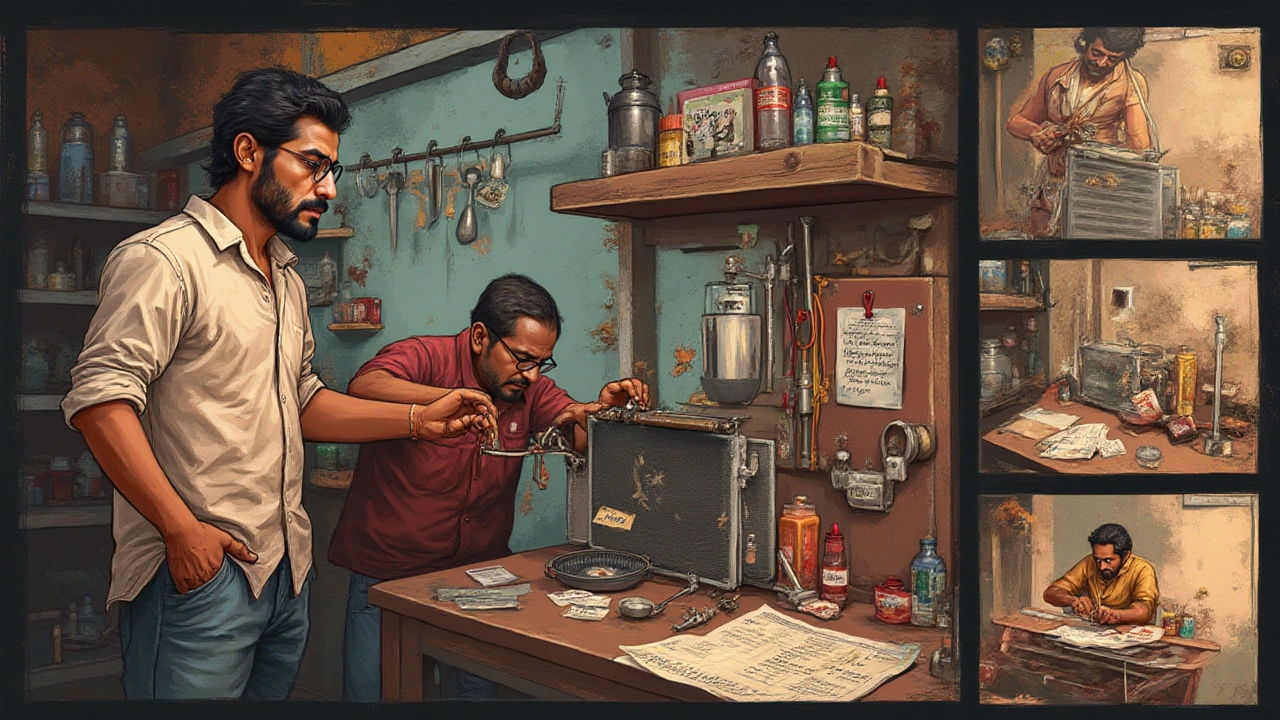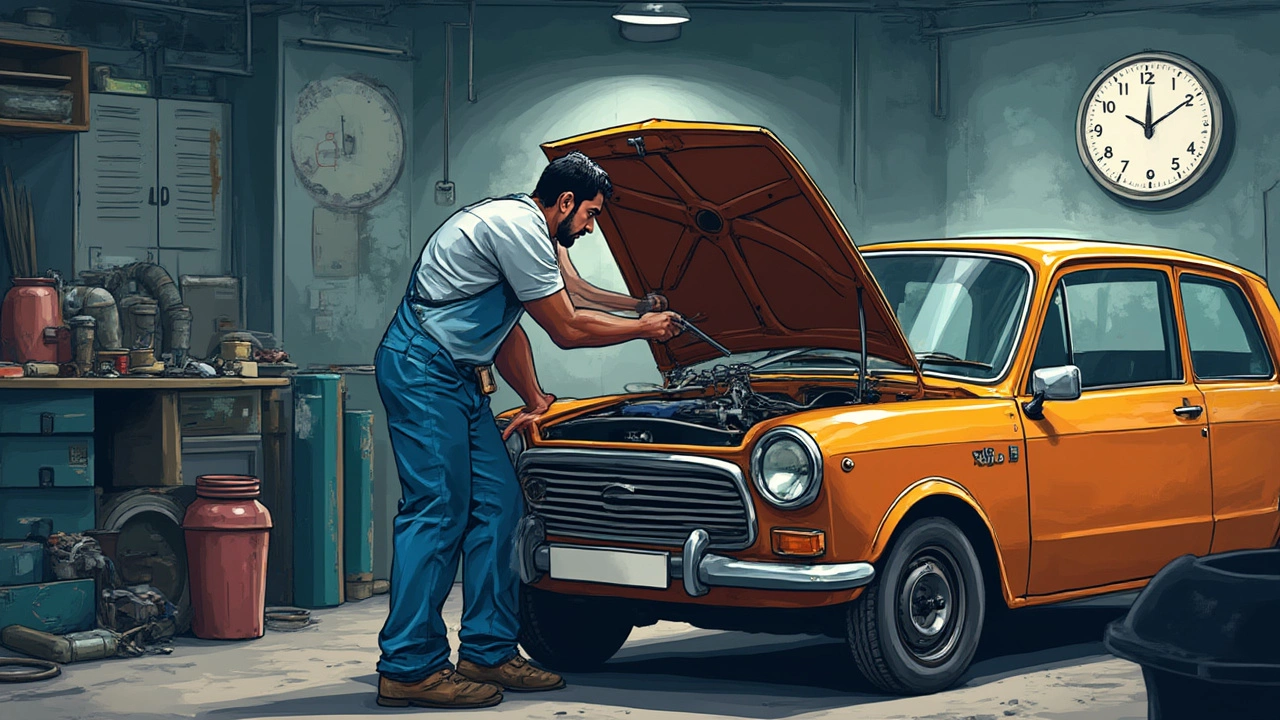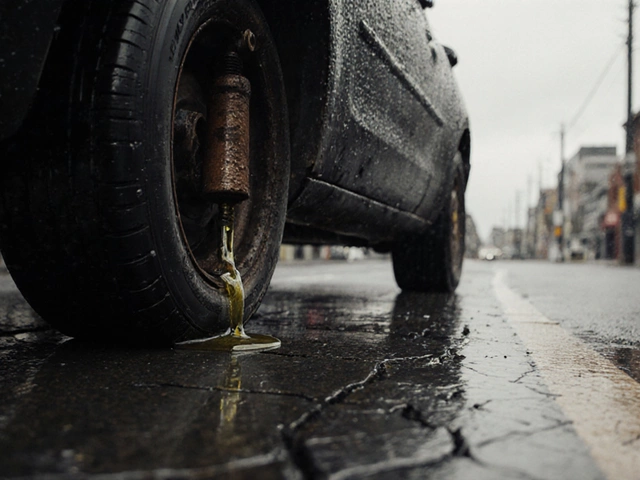If you’ve ever had your car’s radiator blow out, you’ll remember two things: a sudden hot dashboard and a sinking feeling about your weekend plans. Car radiators aren’t the sort of thing you chat about over coffee, but when one fails, you can’t ignore it. Plenty of drivers freeze at the question, “How long does it actually take to swap a car radiator?” You might imagine a pro mechanic breezing through it in a snap, while a regular car owner’s day goes off track. Reality sits somewhere in between. A radiator replacement isn’t quick like topping up the gas, but it’s not a lost-cause disaster either. As someone who’s coaxed a clunky old Outback through Auckland’s congested rush hour and watched my son Rowan jump around the driveway as a ‘helper,’ I’ve seen more radiator swaps than I ever planned to. The time you’ll be stuck without your car depends on your skills, car model, and whether your dog tries to eat the coolant (Max, I’m looking at you). Here’s the clear truth about radiator replacements: what drags the hours out, what speeds things along, and how you can keep your cool (pun intended) through the process.
How Long Does Radiator Replacement Really Take?
There’s a wide range when it comes to radiator replacement times, and a lot comes down to the vehicle you drive and who’s turning the spanners. In a car repair shop, most mechanics need about 2 to 4 hours to swap a radiator. That’s for popular models—Toyota Corolla, Mazda 3, Subaru Outback (like my grey 2012 one), Honda Civic, and similar sedans and SUVs. European cars, pickups, or anything out of the ordinary? You’re looking at maybe 5 hours, sometimes even 6 if there are stubborn bolts or hidden obstacles. My neighbor tried to tackle his old Jeep’s radiator, and let’s just say it turned into a full-day saga that ended with greasy pizza at midnight.
If you’re the hands-on sort, expect double the time on your first try. Why? Well, you’ll do a lot of staring, searching for YouTube walkthroughs, and maybe swearing at fasteners that seem welded in place. The first hour usually goes to draining coolant and unplugging what feels like a million hoses and wires—on modern cars, radiator fans, air conditioning parts, and sensors can slow you down. Then comes removing the actual radiator, which sometimes means unbolting half the front of the car if space is tight. Add in a chunk of time for cleaning stray gunk (you don’t want a new radiator caked in grime), careful installation, topping up new coolant, and bleeding air from the system. Bleeding air is trickier than you’d guess; many novices skip it, leading to overheating just a few miles later.
If you look at factory service manuals (those thick ones mechanics keep under the counter), you’ll often see a labor estimate called “book time.” On average for a radiator, that’s between 2.0 and 3.5 hours. And that’s for a pro who knows all the quirks and shortcuts on your model. So, if a shop quotes you a bit more, it usually covers stuck bolts, rust, and surprises from prior repairs. Remember, if a mechanic discovers a split hose, bad thermostat, or damaged radiator fan, you’ll add more time—and cost—to the job.
How about the rare cars? Hybrids, luxury vehicles, or classic cars sometimes hide the radiator behind bumpers or braces that require removal. In these cases, replacement can creep above 6 hours. A Tesla Model S needs a specific setup, and forget about popping the hood on your own for a Porsche without a lifting platform. Not impossible, just trickier.
| Car Model | Typical Replacement Time |
|---|---|
| Toyota Corolla | 2.5 - 3 hours |
| Mazda 3 | 2.5 - 3.5 hours |
| Ford Ranger | 3.5 - 4.5 hours |
| BMW 3 Series | 4 - 5 hours |
| Tesla Model S | 5 - 6 hours |
| Subaru Outback | 2.5 - 3.5 hours |
Certain cars are notorious for time-hogging. Some older Holdens and every French model I’ve come across (seriously, Peugeot, why do you hide bolts under battery trays?) push jobs into a half-day affair. And let’s never talk about rusted old bolts; they’re the wild card that eats time regardless of your skills.
Big Reasons Radiator Replacement Time Varies
So, why can radiator replacement sometimes feel like a breeze, and other times a slog through mud? First off, every car model has its own personality. Some give you a wide-open engine bay—everything’s right in front of you. Others, especially anything made in the last decade, tuck the radiator behind layers of covers, clips, sensors, and air conditioning plumbing.
Here are the biggest factors that stretch or shrink the job:
- Experience: A seasoned mechanic can glance at a tangled engine and plot the fastest route. A first-timer (with or without an eager dog nudging the toolbox) will move slower, especially with unfamiliar fasteners.
- Tools and Equipment: Having the proper tool for awkward hose clamps, a jack, or a bleed funnel saves time. Makeshift solutions—pliers, a kitchen bowl to drain coolant—lead to delay and mess (and kitchen arguments).
- Car Model: Some radiators slide up and out; others require the full grille or bumper removed. SUVs and pickups often need you to take off plastic under-trays.
- Parts Quality: If the replacement radiator doesn’t quite match, you’ll waste time wrestling brackets or slotting in extra washers. Aftermarket radiators aren’t always a perfect fit.
- Weather: Swapping a radiator in winter or a rainy driveway (classic Auckland, right?) makes everything take longer. No one wants to kneel on cold wet concrete for hours.
- Surprises Under the Hood: If you discover stuck or rusted bolts, split hoses, brittle wiring, or even a leaky water pump, the job grows. Fixing these on the fly adds real hours to the clock.
Another catch? Sometimes you discover that a prior owner made “creative” repairs. I once found an old Outback where someone used plastic ties to secure a radiator hose. That fix saved them minutes but cost me hours untangling things. And if your car’s been through flooding or overheating before, assume more corroded or brittle parts are waiting to slow you down.
Let’s not forget the most underrated time thief: distractions. Rowan loves to play “tool assistant,” and there’s always Max trying to snatch rags. Keeping curious kids, pets, and phone notifications away from your repair zone makes a bigger difference than you’d guess.

Step-By-Step: What Happens During a Radiator Swap?
The actual replacement process isn’t just a simple pull-and-replace. There’s a string of steps that all suck up chunks of time. Here’s how it usually goes, whether you’re parked in a shop or tinkering in your garage:
- Cool down the engine—don’t even think about cracking open the radiator cap when hot. Hot coolant shooting out is no joke. Give it at least 30 minutes after shutting off.
- Drain the coolant system. Some cars have an easy drain valve; others need you to remove the lower radiator hose. Capture the coolant safely—never let pets or wildlife get near it. (Antifreeze tastes sweet but is toxic.)
- Remove any shrouds, under-trays, or plastic covers in the way.
- Detach all hoses (top, bottom, heater lines if attached) and electrical plugs for sensors and the radiator fan.
- Disconnect the transmission cooler lines if your car is an automatic. This is where most people spill oil—lay down an oil pan or plenty of rags.
- Undo the radiator mounts and ease the radiator out. Sometimes you need to wiggle it for several minutes if there are tight brackets or hidden fasteners.
- Line up the new radiator, making sure the mounting holes match. Transfer any rubber isolators, fitting nuts, or clips from the old one if they’re still in decent shape.
- Reattach hoses, electrical connectors, and everything else you removed. Replace old hose clamps if they look worn—it’s cheap insurance against leaks.
- Fill the radiator and the overflow tank with fresh coolant. Some cars need you to use a specific coolant mix—stick with what the manufacturer says.
- Start the engine with the radiator cap off, turn the heater on full, and wait for air bubbles to escape. Some systems have a little bleed screw for this. If you skip bleeding air, you can end up with overheating.
- Top up coolant as needed, check for leaks (use paper towel under joints), and make sure the temperature settles at the normal level after 10–15 minutes of running.
- Take the car for a short test drive, watch your temp gauge, and double-check coolant again after cooling down.
Miss a step, and you’ll end up repeating parts or facing more headaches later. If you’ve never cracked open a coolant system before, double the time plan. But don’t skip the careful checks at the end—catching a little drip or air pocket early helps prevent being stranded later on.
Costs, Tips, and When to Call for Help
Time isn’t the only thing you have to factor in. The cost of radiator replacement in Auckland, for example, ranges from $350 to over $1000 NZD. Parts prices can vary: a basic radiator for a common car (like a Corolla or Mazda 3) might be $200–$350. Luxury or imported cars, though, and you might swallow $600–$800 just for parts. Add shop labor at $130–$200 per hour, and it adds up quickly for big jobs.
Here’s some battle-tested advice:
- Buy your radiator from a reputable supplier—cheap, badly made radiators struggle to last through a Kiwi summer.
- Replace old hoses and clamps with your radiator to prevent a return visit to the shop (or the driveway).
- Flush the system while you have it open—it doesn’t add much time, but it prevents build-up of gunk in your shiny new radiator.
- Don’t top up with plain water if you’re stuck. It works short term, but it can wreck your cooling system through corrosion and boiling.
- Mark every bolt and connector you pull; use your phone to snap step-by-step photos.
- Keep pets and kids away when dealing with coolant. It’s slippery, sticky, and toxic—and cleaning paw prints off the lawn takes forever.
- If your car overheats after the swap, check for trapped air and double-check all hose connections before panicking.
- If you get stuck, don’t tough it out until midnight. Ask a friend or neighbour who’s done it before—or bite the bullet and call a mechanic before you do more damage.
Radiators are one of those honest car repairs—no sneaky tricks, just steady hands, patience, and a bit of trial and error. Swapping a radiator might eat up your Saturday, but doing it right means you won’t overheat on the way to Piha or get stranded at school pick-up. Armed with the right info, even a “first-timer” at home can match a pro, as long as you keep calm, go slow, and maybe have an extra towel ready in case Max leaps into the parts pile again.







Write a comment